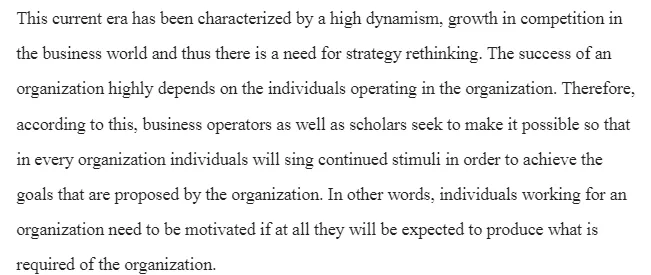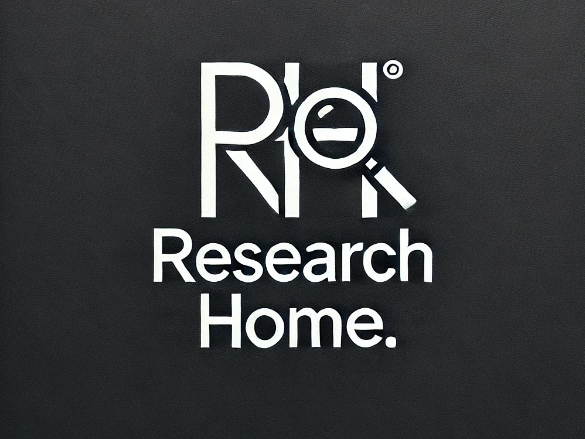Social Identity and Organizational Absenteeism
I am attaching the literature from my class.
You decide how many article you need to use from my class and if you need to use more articles from other sources you are free to do it.
I need the paper between 6 and 9 pages APA style,
Tompkins, P. K., & Wanca-Thibault, M. (2001). Organizational Communication: Prelude and Prospects. In F. M. Jablin & L. L. Putnam (Eds.), The new handbook of organizational communication: Advances in theory, research, and methods (pp. xvii-xxxi). Thousand Oaks, CA: SAGE.
Deetz, S. (2001). Conceptual Foundations. In F. M. Jablin & L. L. Putnam (Eds.), The new handbook of organizational communication: Advances in theory, research, and methods (pp. 3-46). Thousand Oaks, CA: SAGE.
Jones, E., Watson, B., Gardner, J., & Gallois, C. (2004). Organizational communication: Challenges for the new century. Journal of Communication, 54(4), 722-750.
Institutions/Institutionalization/Professions
Lammers, J.C. & Garcia, M.A. (2013). Institutional Theory. In L.L Putnam and D. Mumby (Eds), The SAGE handbook of organizational communication (3rd ed., pp. 195-216). Beverly Hills, CA: SAGE.
Lammers, J.C. & Garcia, M.A. (2009). Exploring the Concept of ‘Profession’ For Organizational Communication Research: Institutional Influences in a Veterinary Organization. Management Communication Quarterly, 22, 357-384
Cheney, G., & Ashcraft, K. L. (2007). Considering “the professional” in communication studies: Implications for theory and research within and beyond the boundaries of organizational communication. Communication Theory, 17, 146-175.
Cheney, G., Lair, D. J., Ritz, D., & Kendall, B. E. (2010). Chapter 4: Being a Professional: Problems and Promises.Just a Job? Communication, ethics, and professional life (pp. 123-158). New York: Oxford University Press.
Greenwood, R., Suddaby, R., & Hinings, C. R. (2002). Theorizing change: The role of professional associations in the transformation of institutionalized fields. Academy of Management Journal, 45(1), 58-80.
Montgomery, K., & Oliver, A. L. (1996). Responses by professional organizations to multiple and ambiguous institutional environments: The case of AIDS. Organization Studies, 17, 649-671.
TBD: Leicht and Fennel Institutionalism and Professions OR Article on Fields
Ashforth, B.E. & Mael, F. (1989). Social Identity Theory and the Organization. Academy of Management Review, 14, pp. 20-39
Albert, S., Ashforth, B. E., & Dutton, J. E. (2000). Organizational identity and identification: Charting new waters and building new bridges. Academy of Management Review, 25(1), 13-17.
Cheney, G. (1983). The rhetoric of identification and the study of organizational communication. Quarterly Journal of Speech, 69, 143-158.
Pratt, M. G. (1998). To be or not to be?: Central questions in organizational identification. In D. Whetten & P. Godfre (Eds.), Identity in Organizations: Building Theory Through Conversations (pp. 171-207). Thousand Oaks, CA: Sage.
Scott, C. R., Corman, S. R., & Cheney, G. (1998). Development of a structurational model of identification in the organization. Communication Theory, 6, 298-336.
Kuhn, T., & Nelson, N. (2002). Reengineering identity: A case study of the multiplicity and duality in organizational identification. Management Communication Quarterly, 16, 5-38.
Pratt, M. G. (2000). The good, the bad, the ambivalent: Managing identification among Amway distributors.Administrative Science Quarterly, 45, 456-493.
Pratt, M. G., & Rafaeli, A. (1997). Organizational dress as a symbol of multilayered social identities. Academy of Management Journal, 40(4), 862-898.
Russo, T. C. (1998). Organizational and professional identification. Management Communication Quarterly, 12,72-111.
Answer Preview-Social Identity and Organizational Absenteeism

